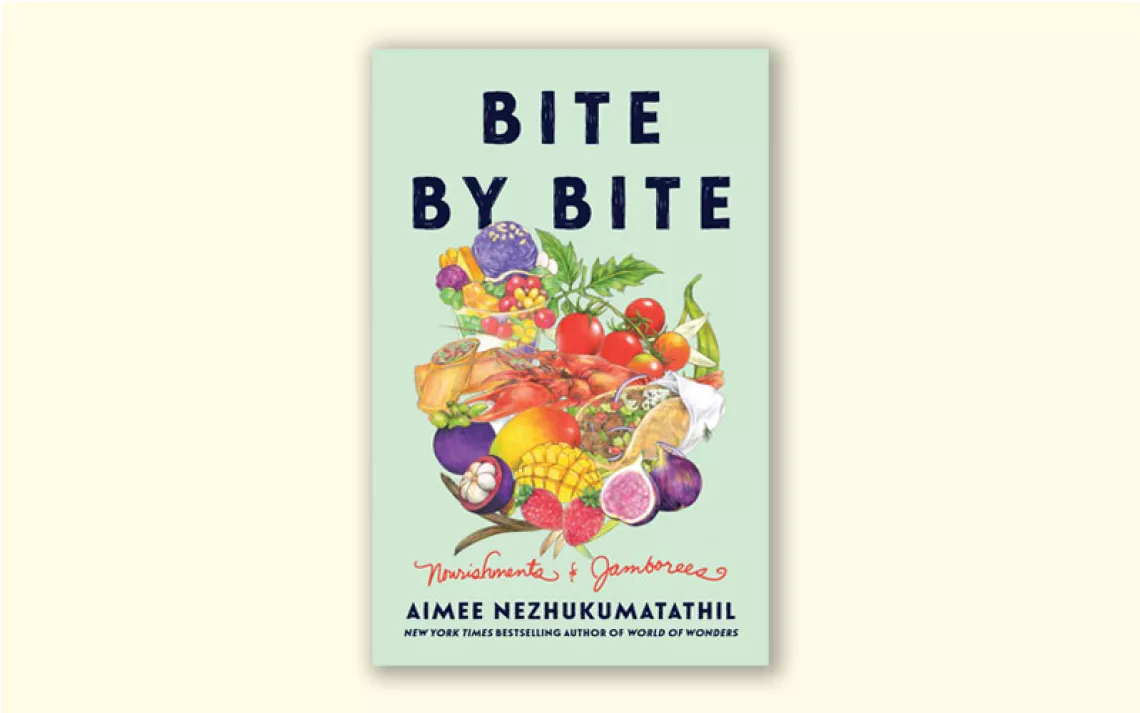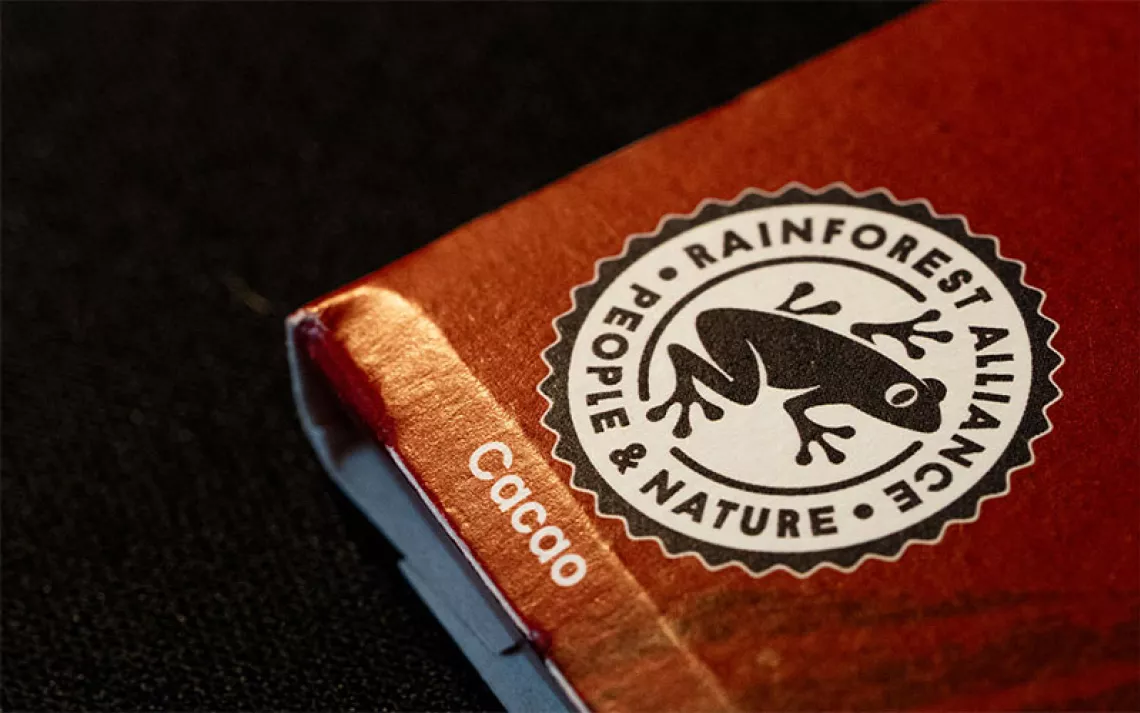An Indigenous Thanksgiving Feast
Create your own with help from five Native American–authored cookbooks

Photo courtesy of Mette Nielsen/The Sioux Chef’s Indigenous Kitchen
With COVID-19 cases skyrocketing across most of the United States this fall, public health officials are issuing dire warnings against large, indoor gatherings for Thanksgiving.
Perhaps the pandemic offers the perfect opportunity to stay home and get reflective in the kitchen. Rather than celebrate a holiday with decidedly racist origins, this Thanksgiving could open the door to learning about Native American culinary traditions through the stories and recipes of Indigenous chefs.
In that spirit, here are five cookbooks that can help you tap into the growing movement to bring back Indigenous culinary traditions and strengthen Native food sovereignty, resurrecting these important cultural cornerstones from centuries of erasure. In cooking these recipes, you’ll help celebrate and honor the original food cultures of this land, rather than the racist traditions that sought to wipe them out.

The Sioux Chef’s Indigenous Kitchen
Sean Sherman won a 2018 James Beard Award for his cookbook, The Sioux Chef’s Indigenous Kitchen. Sherman, who is a member of the Oglala Lakota tribe, applies modern cooking techniques to pre-Columbian foods, trading ingredients like wheat flour, dairy, sugar, pork, and beef for bison, duck, wild turnip, and trout—all representative of the historic cuisine of his roots in South Dakota and Minnesota.
Though he is a professionally trained chef, Sherman offers recipes that are intended to be accessible for the less experienced home cook. Recipes range from deviled duck eggs to three sisters salad to roasted corn sorbet. Along the way, Sherman offers personal stories as tools to educate the reader, expanding the mind as well as the palate.
Foods of the Southwest Indian Nations
From another James Beard Award winner, Lois Ellen Frank’s Foods of the Southwest Indian Nations reflects the author’s background as a chef and culinary anthropologist. Frank spent four years researching her book, visiting Native communities across the Southwest and gathering time-honored techniques and recipes.
Frank’s book is organized by ingredient, with recipes centered around traditional foods like corn, fish, game birds, legumes, and wild fruits. She offers recipes with a modern bent, like prickly pear ice, stuffed tempura chiles with fiery bean sauce, and Zuni sunflower cakes. To assist with accessibility, Frank lists alternatives for hard-to-find ingredients, along with source suggestions for home cooks wanting to stick to the real thing.

Foods of the Americas: Native Recipes and Traditions
Foods of the Americas: Native Recipes and Traditions is a work by chef Fernando Divina and his wife, Marlene, whose heritage includes Chippewa, Cree, and Assiniboine. The book includes 140 recipes from across the Americas, drawing on traditional foods from North, Central, and South America. The recipes are complemented by nine illustrated essays from Native American writers who share stories of their food traditions and cultures. The book includes recipes for turkey with Oaxacan black mole, wild rice and corn fritters, and venison with juniper and wild huckleberry sauce.
This cookbook, and others on this list, offer a recipe for frybread, which is a bit of a controversial dish. While this food is commonly recognized as a central part of Native American cuisine, its origins are rooted in a time when the federal government forced tribes off their ancestral lands and onto far-flung reservations. The government issued rations for nutritionally poor staples, like flour, sugar, and lard. Frybread was born, but so was an impoverished diet and a raft of chronic diseases, including diabetes. This reality leads some chefs, like Frank, to steer away from frybread and back to traditional (and more healthful) foods. Others hope to reclaim frybread, fully embracing it in a way that owns its dark history.

Original Local: Indigenous Foods, Stories, and Recipes from the Upper Midwest
In Original Local, author Heid E. Erdrich doesn’t eschew the use of non-Native ingredients like turmeric, white flour, and butter–an element that may irk some purists. But her approach is intended to draw inspiration from Native roots while fully acknowledging these recipes’ current contexts. Erdrich’s recipes are built from her Ojibwe heritage and from other tribes of the Upper Midwest, including Ho-Chunk, Menominee, Potawatomi, and Mandan.
Despite borrowing disparate ingredients like pad thai noodles and barbecue sauce, Erdich’s recipes are largely rooted in traditional foods, using ingredients like ramps, fiddleheads, clover, and juniper berries. Recipes, which number 135, include maple-baked cranberry beans, bison stew, and manoomin lasagna. Erdich also includes foodway preservation stories from activists, researchers, families, and chefs.
New Native American Cooking
Dale Carson celebrates her Abenaki heritage with a collection of recipes that sit beside notes on their histories and traditional preparations. Carson gives suggestions for ingredient substitutions, too, and offers tips for menu planning. Her 125 recipes range from traditional to modern, with recipes like frybread, stuffed quahog clams, and a cranberry custard.
New Native American Cooking doesn’t strictly adhere to traditional cooking and Indigenous ingredients; foods like lemon, butter, and sugar make appearances. Carson offers alternatives in many recipes for readers hoping to skew more traditional in their preparations, versus those open to using “post-contact” ingredients, referring to those introduced after Europeans arrived in North America.
 The Magazine of The Sierra Club
The Magazine of The Sierra Club



